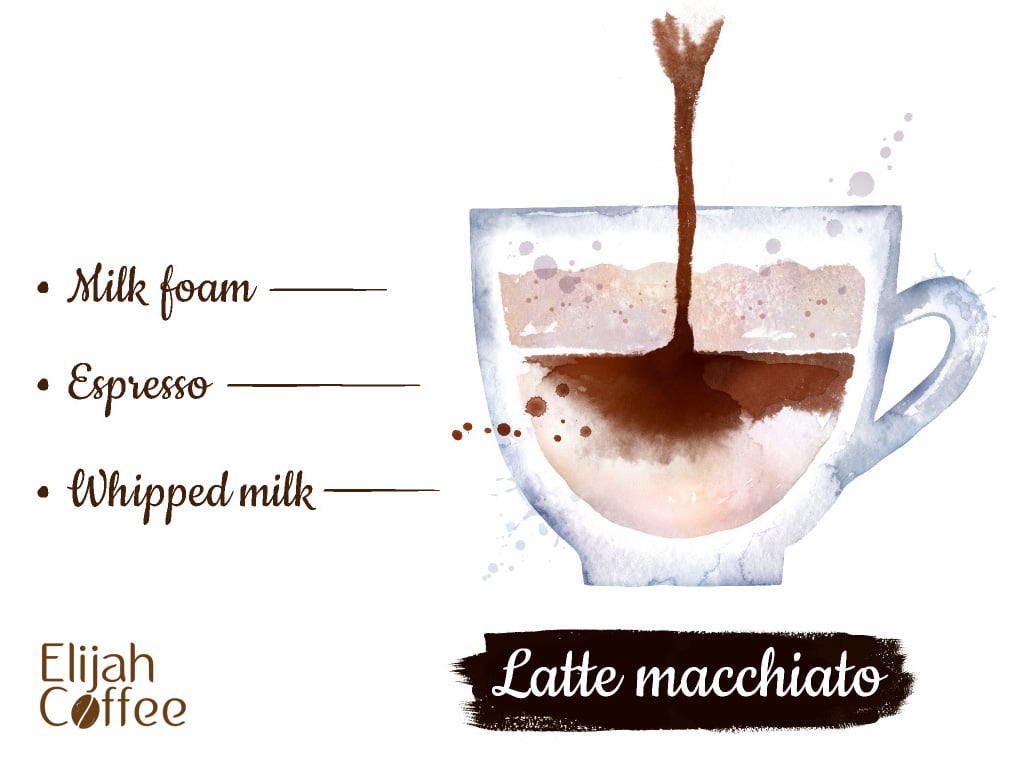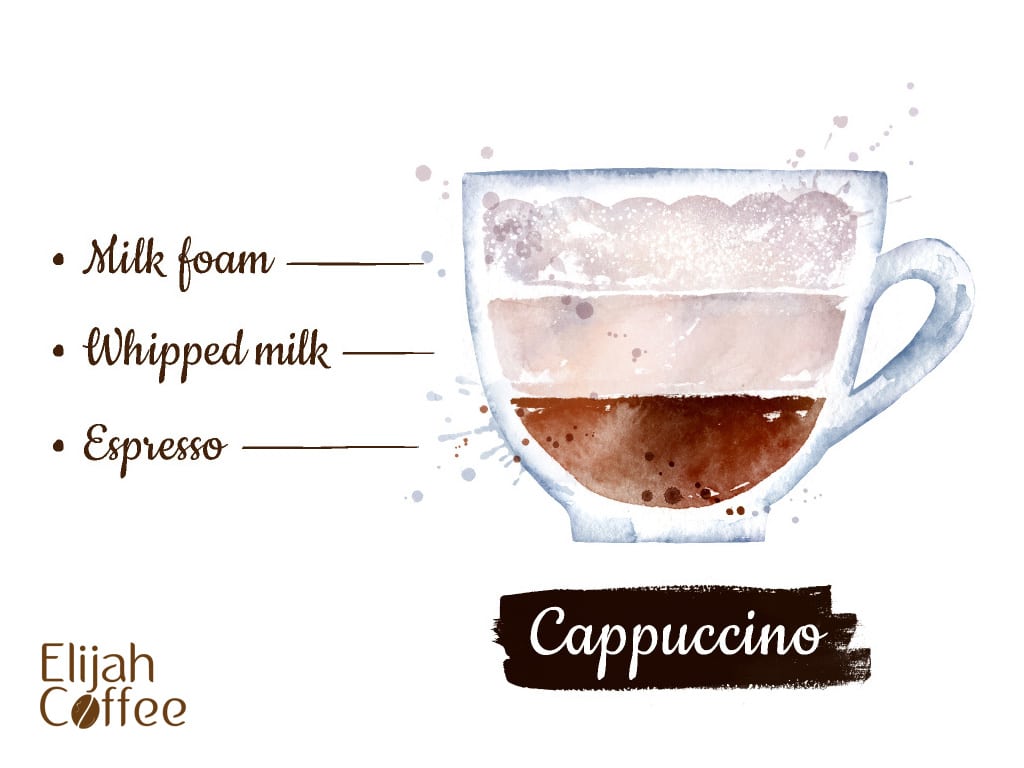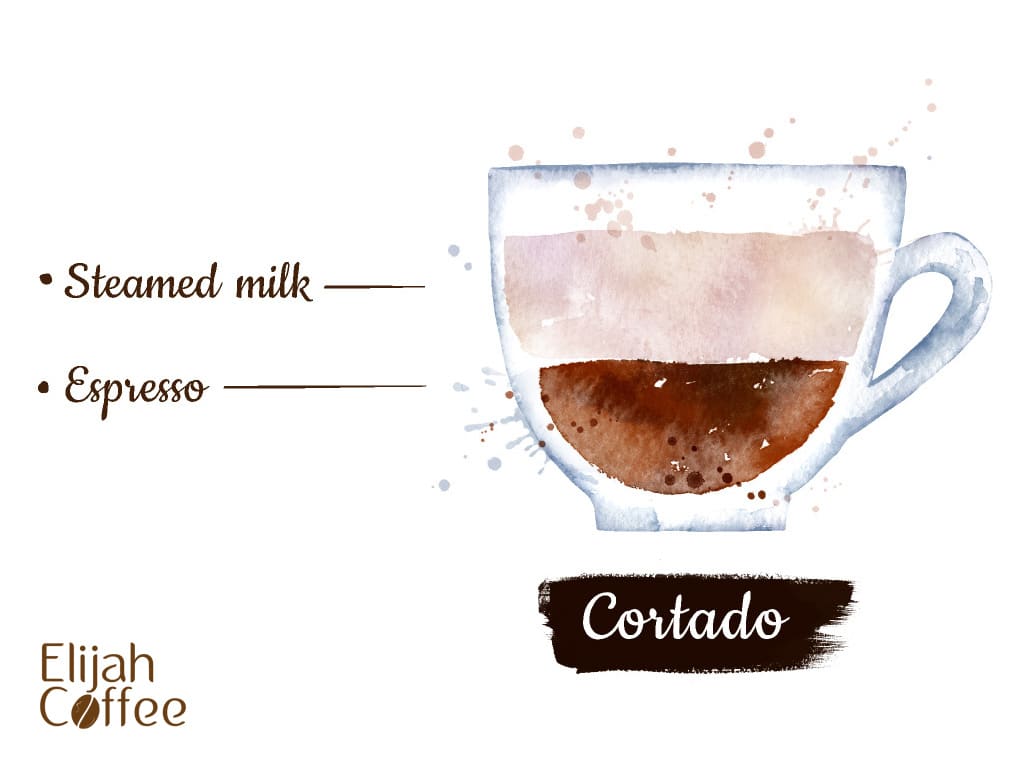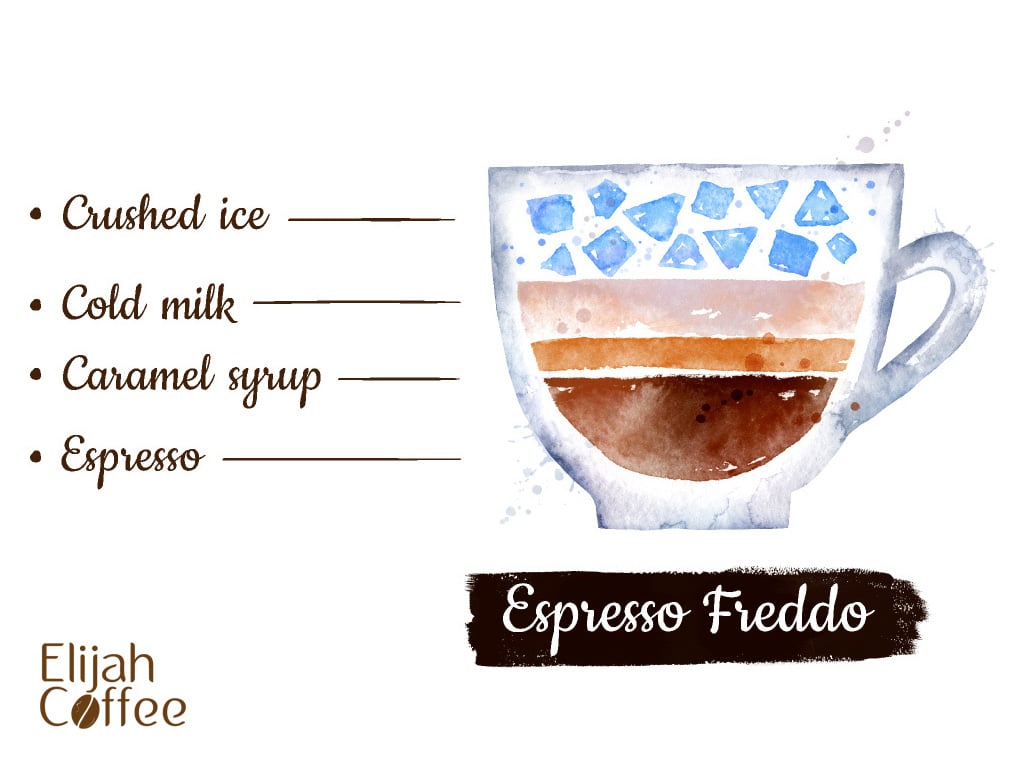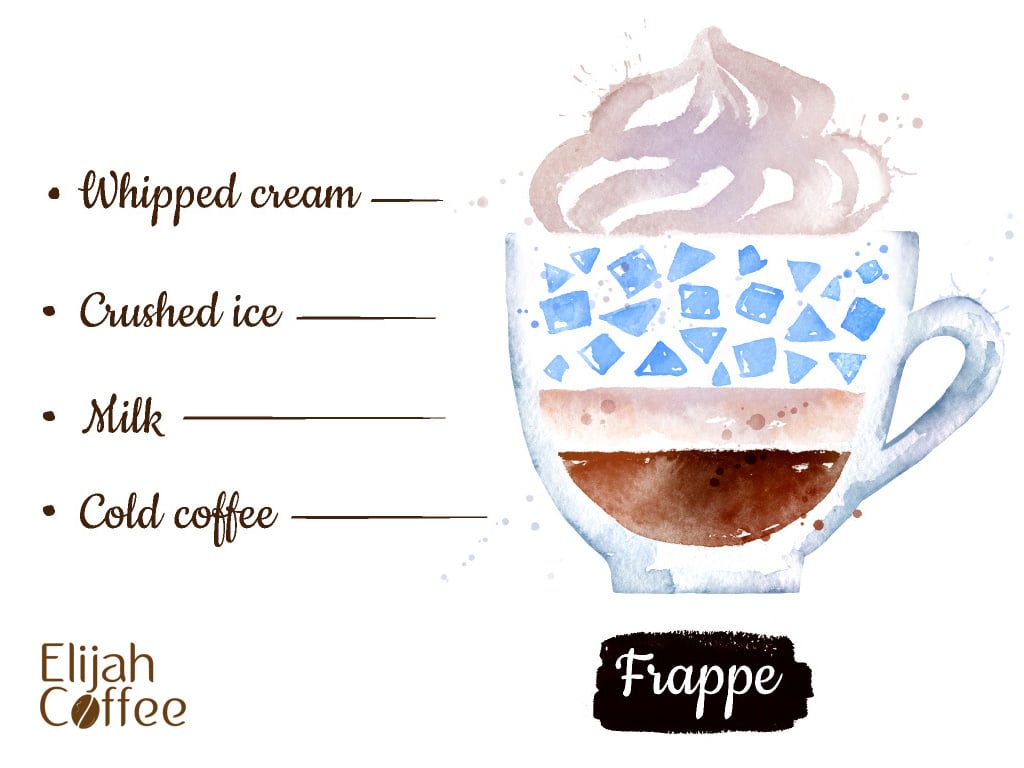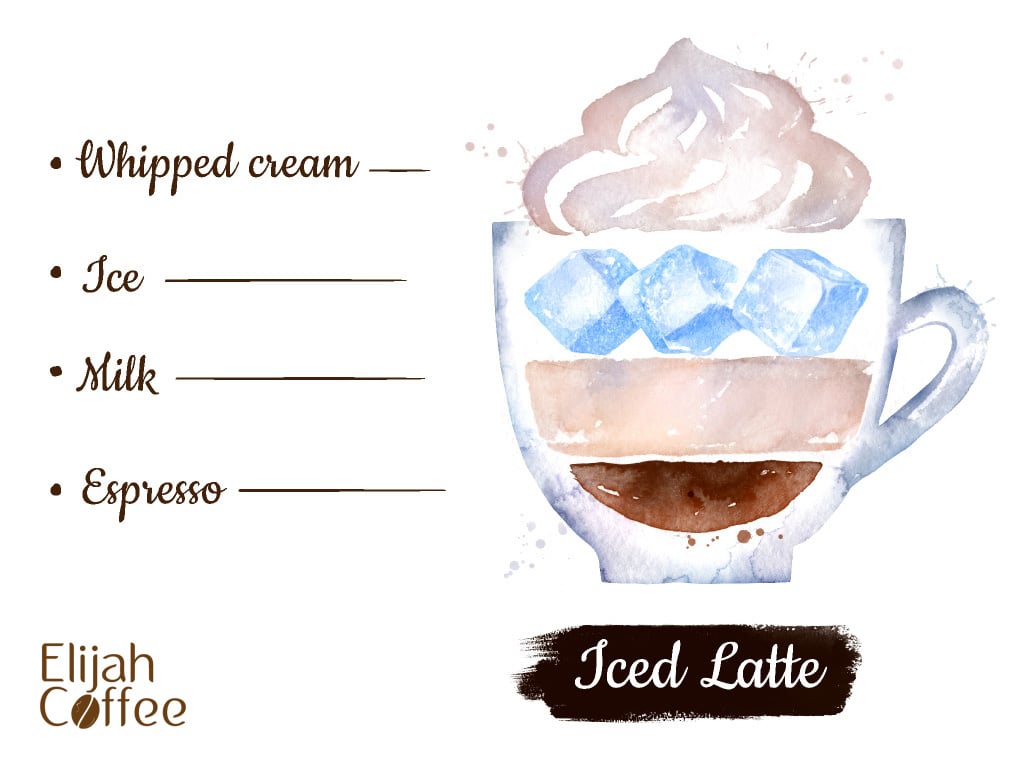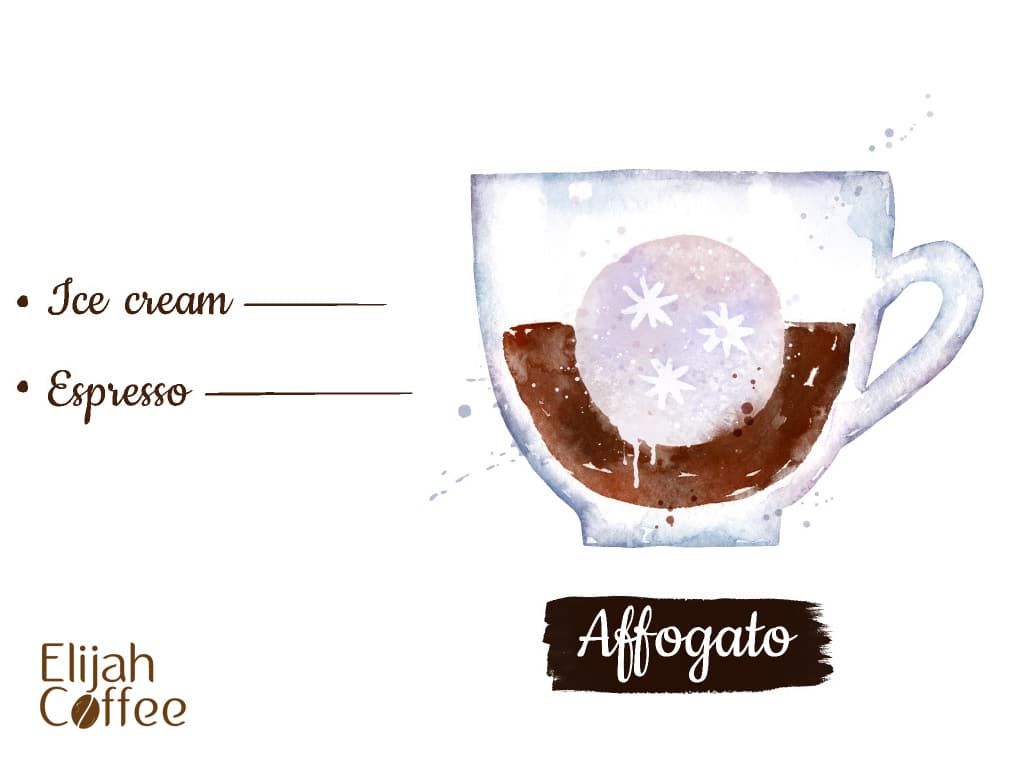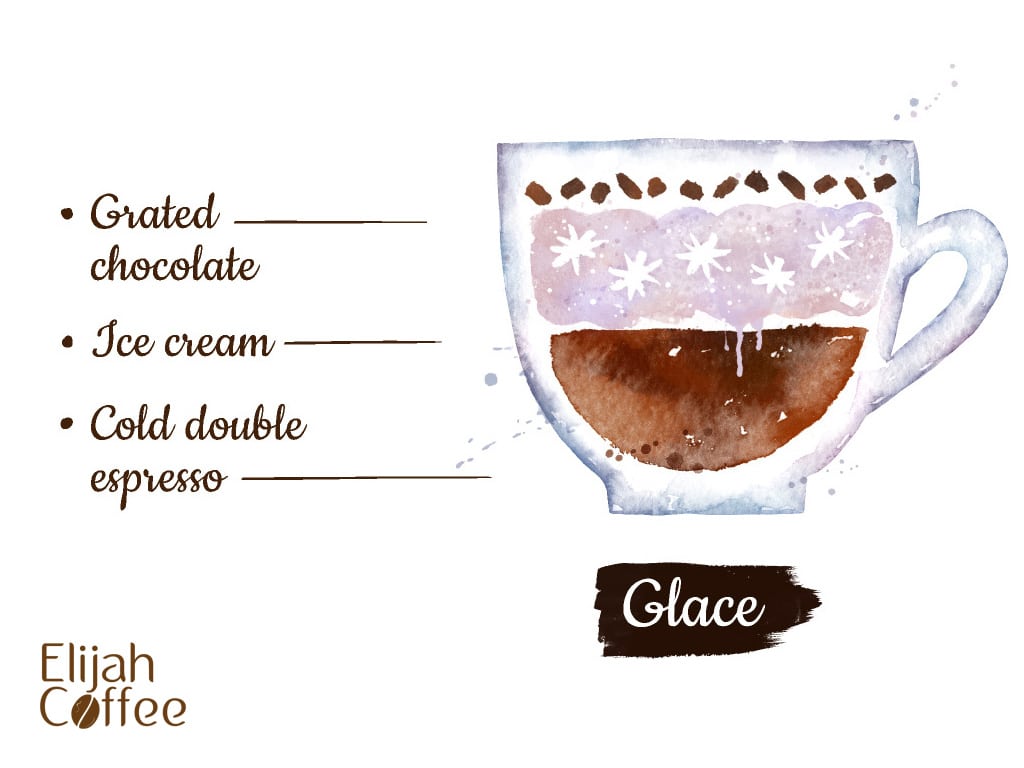What are you to do in a situation like this?
Unfortunately, I’ve found that the unpleasant sputtering sound in combination with the lack-of-coffee being produced typically signifies that your Keurig needs a little love, attention, care, and probably cleaning.
Although there are countless Keurig models floating around out there, there are a few faithful tricks I’ve learned to depend upon when dealing with a Keurig that refuses to dispense water. Perhaps they might be of some use to you and your stubborn Keurig, as well.
Check the Water Tank
Although this may seem like a bit of a no-brainer, the first thing I typically check when my Keurig is not dispensing water is the amount of water in the water tank: Is there enough water in the water tank?
You’d be surprised at how many times my Keurig issues have resulted from a water tank filled just below the minimum fill level.
An empty water tank is an easy fix: Fill up the water tank to the maximum fill level.
Clean the Water Pump
If the water tank on your Keurig is full, then the next likely culprit may be a dirty water pump.
For the majority of Keurig coffee makers, the water pump can be accessed by removing the water tank. Beneath the water tank, you should see the opening of the water pump. You can clean the water pump by gently wiping the opening with a wet cloth or using a small—and I mean small—scrub brush, if you own one.
Another trick for cleaning the water pump is to take a turkey baster and lightly spray water directly into the water pump. This will help ensure that the opening of the water pump is clean, as well as the rest of the water pump system that runs through the Keurig.
Descale the Coffee Maker
When the turkey baster and damp cloth fail, this is when I usually resort to descaling my Keurig because it’s more of a process then checking the water tank and cleaning the water pump.
Simply put, descaling is the process of removing any excess mineral buildup from the coffee maker and—since water is usually loaded with minerals like magnesium and calcium—may need to be done more often than you prefer.
I’ve found that the easiest way to descale a Keurig is by using a mixture of water and vinegar. To descale your Keurig, you just need to mix one part white vinegar with one part water and then pour it into the water tank. After this, run the mixture through the machine just as you would a regular coffee ensuring that you have a cup to catch the mixture as it brews.
This method of descaling is extra effective if you run the mixture through the Keurig several times or even leave the mixture in the machine for an hour or so to let it degrade mineral buildup.
Clean Each Component
If all else fails, you may need to refer to your Keurig’s specific user manual to determine which parts you can pull out and clean individually.
Once you have consulted the user manual, pulled out each component, and thoroughly cleaned each component with a damp cloth, it might also be beneficial to use some of that descaling mixture of white vinegar and water to descale each individual component while you’re at it.
Be aware, though, if it does come down to you removing certain components of your Keurig in order to clean and descale them, you must be confident that you can put all components back where they belong. Otherwise, you may find yourself buying a new Keurig in the near future.










